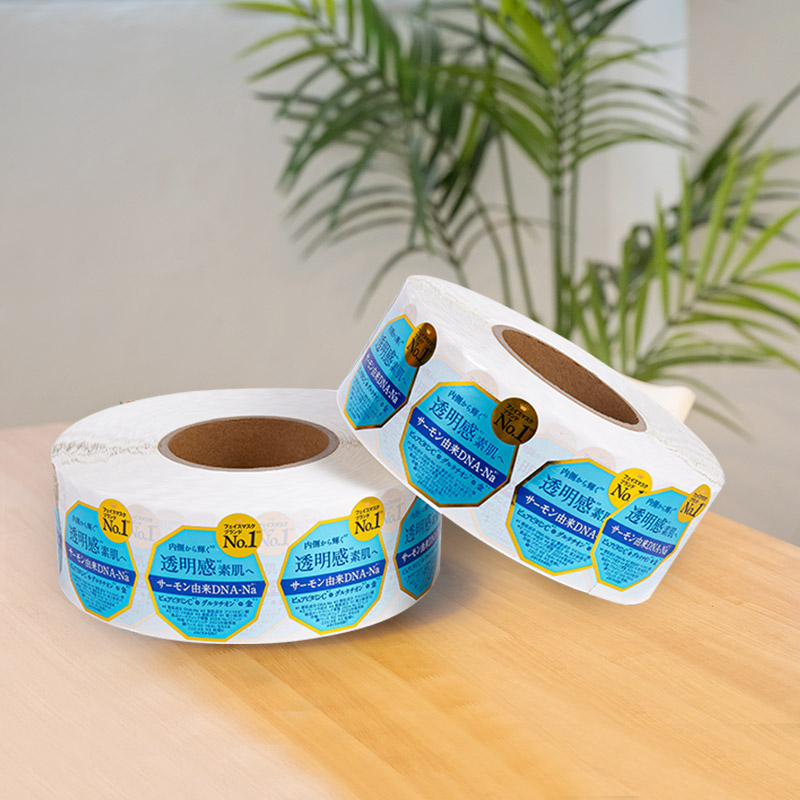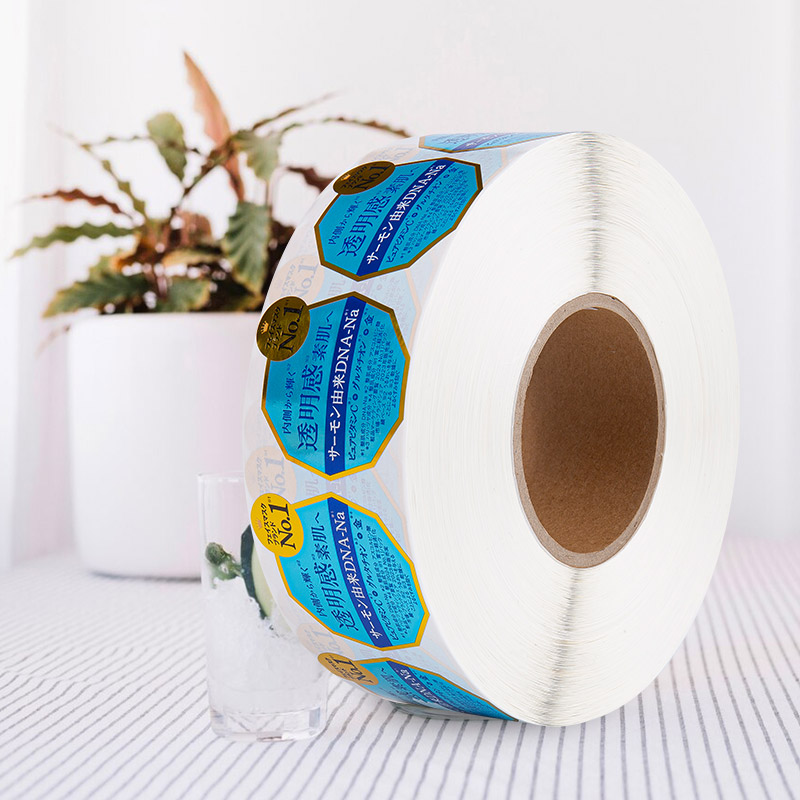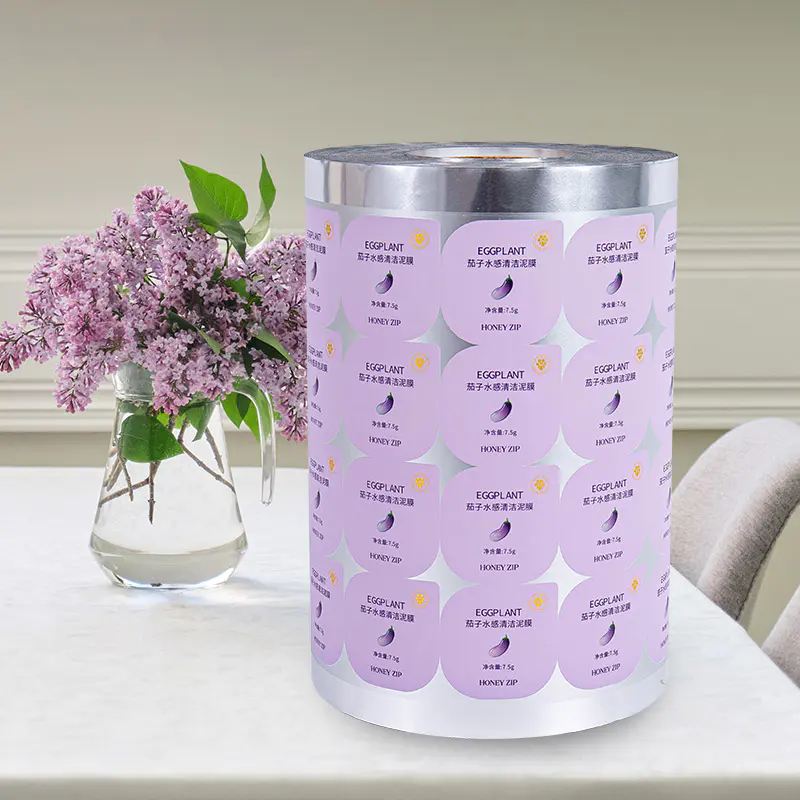Dog treat packaging bags play a critical role in maintaining product quality, safety, and shelf life. To ensure that packaging performs reliably under various conditions, manufacturers follow established standards for durability and safety. These standards help prevent contamination, damage, and premature spoilage while meeting regulatory requirements for pet food packaging.
Content
Durability Testing Standards
Durability testing ensures that dog treat packaging can withstand mechanical stress during shipping, handling, and storage. Key standards and tests include:
- Tear Resistance Tests: Measure the force required to initiate and propagate a tear, ensuring that the bag resists accidental punctures.
- Tensile Strength Tests: Evaluate the maximum load the packaging can endure before breaking, which is critical for heavy or bulk treat bags.
- Puncture Resistance Tests: Determine the bag's ability to resist penetration by sharp objects, simulating real-world handling conditions.
- Drop and Impact Tests: Assess packaging performance when subjected to drops or impacts during transport.
Standards Reference
Common standards used in durability testing include ASTM D882 for tensile properties of thin plastic sheeting, ASTM D1004 for tear resistance, and ISO 2879 for puncture resistance of flexible packaging. Following these standards ensures consistency, reliability, and international compliance.

Safety and Food-Grade Compliance
Safety testing focuses on preventing chemical contamination and ensuring that packaging materials are suitable for pet food. Important standards and regulations include:
- FDA 21 CFR Compliance: Ensures materials used in food-contact packaging do not release harmful chemicals into the product.
- EU Regulation 10/2011: Governs plastic materials and articles intended to come into contact with food, including migration limits for substances.
- Migration Testing: Evaluates whether any chemical substances migrate from the packaging into the dog treats under normal storage conditions.
- Microbial Testing: Confirms that packaging does not promote microbial growth, maintaining pet food safety and hygiene.
Additional Safety Considerations
Packaging design should also account for tamper-evidence, secure sealing, and resistance to environmental factors such as moisture, UV light, and temperature fluctuations. These aspects are critical to maintain safety, freshness, and consumer trust.
Testing Methods and Quality Assurance
Manufacturers implement standardized test protocols to evaluate packaging before full-scale production. Methods include laboratory mechanical tests, accelerated aging studies, and environmental simulations. Documenting results against international standards ensures quality assurance and regulatory compliance.
Comparison Table of Key Standards
| Test Type | Relevant Standard | Purpose |
| Tensile Strength | ASTM D882 | Evaluate maximum load before breakage |
| Tear Resistance | ASTM D1004 | Measure force required to propagate a tear |
| Puncture Resistance | ISO 2879 | Assess resistance to penetration |
| Migration & Chemical Safety | FDA 21 CFR / EU 10/2011 | Ensure no harmful substances migrate into treats |
Conclusion
Testing durability and safety of dog treat packaging bags is essential to maintain product integrity, protect pet health, and meet regulatory requirements. By adhering to standards such as ASTM, ISO, FDA, and EU regulations, manufacturers can ensure packaging reliability, resistance to mechanical stress, and chemical safety, providing consumers with high-quality and secure products.

 EN
EN
 English
English 日本語
日本語 Español
Español Deutsch
Deutsch عربى
عربى












